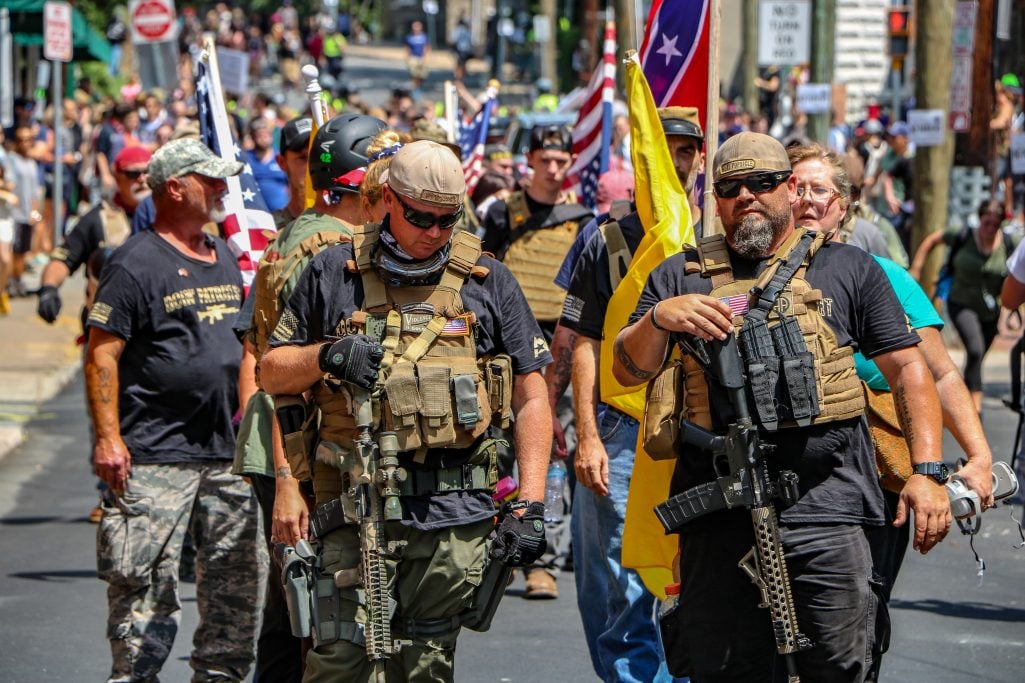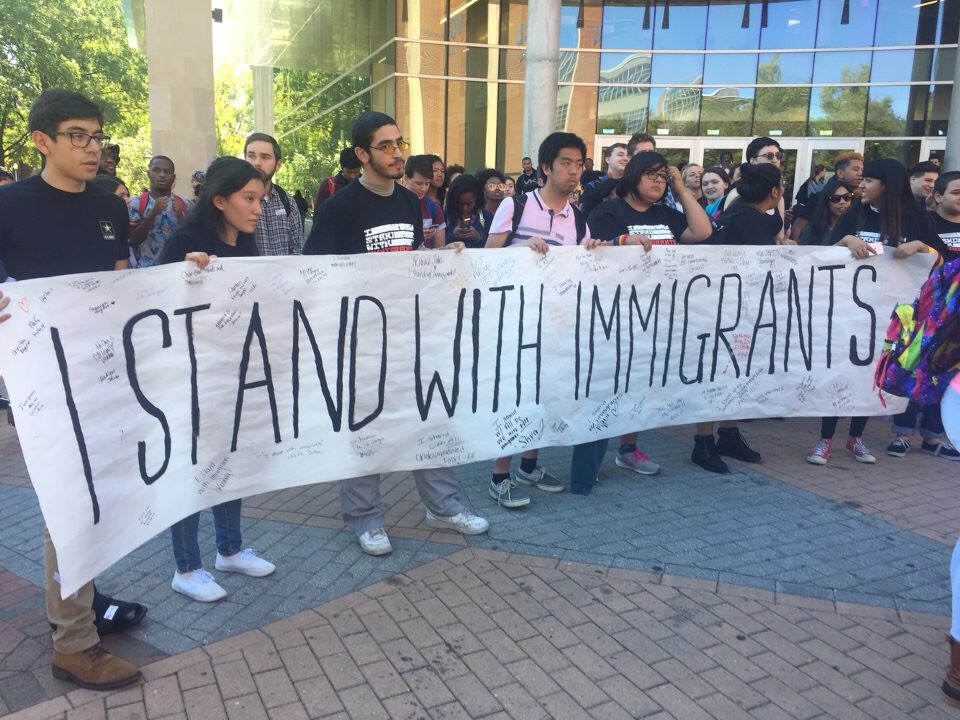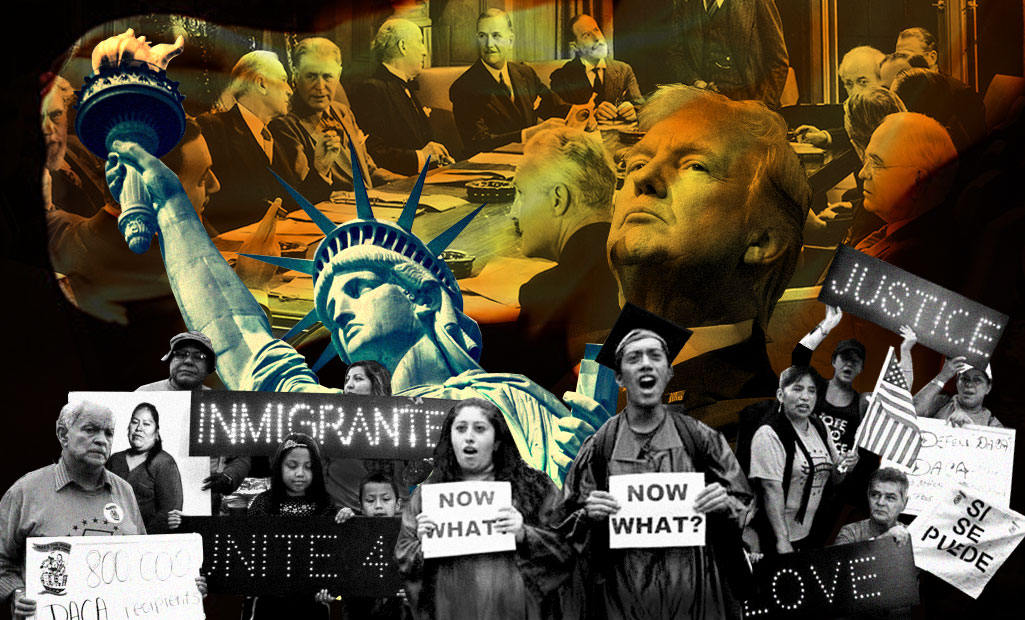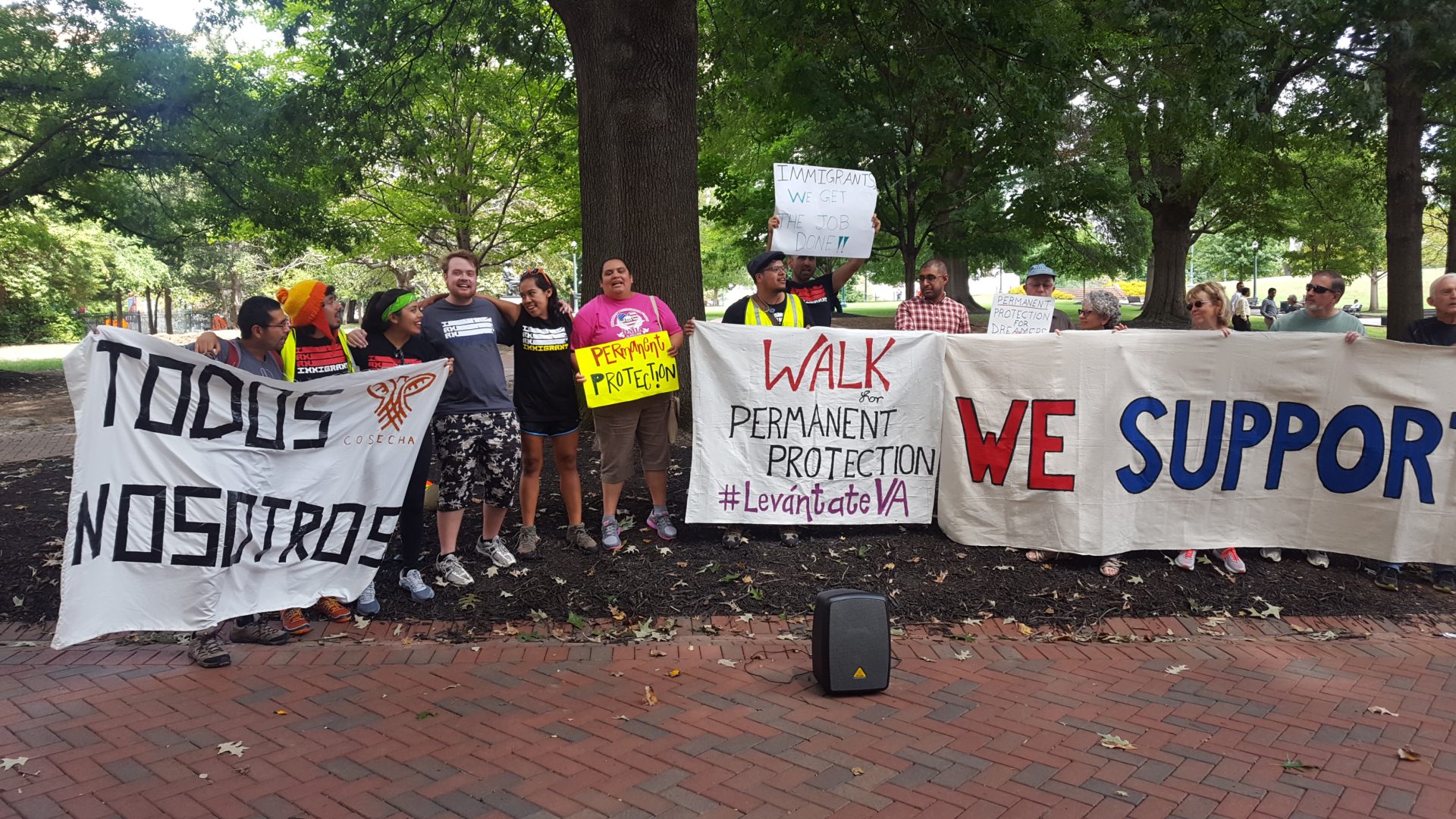In his new solo show at Reynolds Gallery, sculptor Raul De Lara takes a playful approach to images of his homeland in Mexico -- a place that, as a DACA recipient, he cannot return to. “I came to the desert to play with my homeland. No longer do I remember how she...





